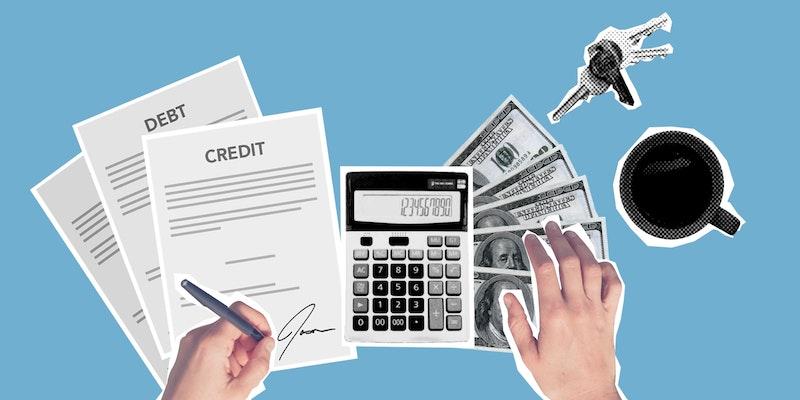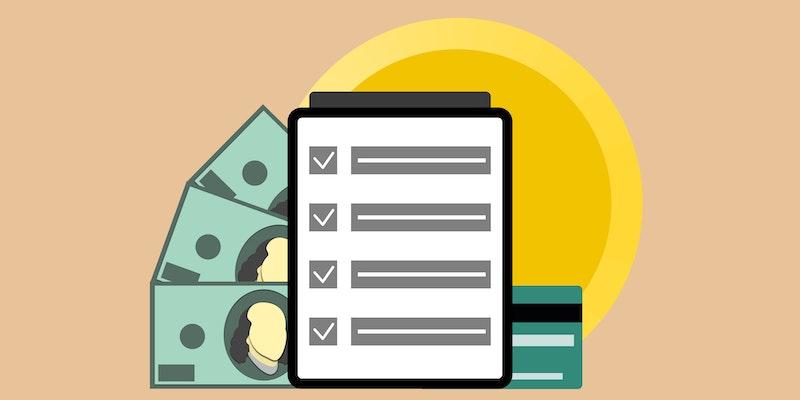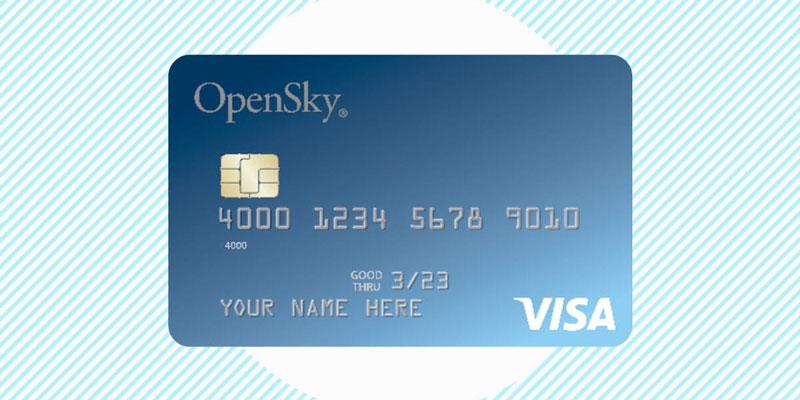Recurring or automatic bill payments are scheduled payments from a customer's account. A client approves these transactions to ensure timely vendor payments without manual intervention each cycle. Automatic bill payments have changed how consumers and businesses handle recurring expenses. Banks may make specified supplier payments using this system, ensuring fast bill payment without manual intervention. Automating mortgages, credit card bills, electricity bills, subscriptions, and other monthly payments helps consumers budget.
Automatic bill payments create consistency for financial planning and management. People may better forecast and manage their money flows with regular payment dates and amounts, making budgeting and funding other costs easier. This method reduces late payment penalties and credit score damage.
Digitized banking and user-friendly interfaces have simplified automatic bill payments. Online banking and vendor websites facilitate payment authorization. Automatic bill payments make money management more accessible and less stressful.
Method for Automatic Bill Payments

The method of setting up automated bill payments is straightforward and efficient:
Modern and efficient automatic bill payments simplify recurrent cost payments. Customers authorize their banks or vendors to execute payments automatically on defined dates using a simple, secure process. Setting up automated bill payments involves these steps:
Authorization
Customers authorize their banks or vendors to conduct automated bill payments. This authorization is essential for automating payments.
Payment Method Choice
Customers can pick their automated bill payment method. Credit, debit, bank accounts, and other online payment processing alternatives are usually available. Customers choose payment methods based on convenience, incentive programs, and financial strategy.
Payment Information
Customers must give banks or suppliers payment credentials to set up automatic bill payment services definition. This comprises the total amount paid for each transaction, the frequency of payments (monthly or biweekly), and the automatic payment start and finish dates. These parameters can be customized for billing cycles and financial preferences.
After these procedures and providing the appropriate information, the financial institution or vendor processes payments on the set dates. This automatic approach lets clients pay their bills on time without manual involvement.
Types of Bills Suitable for Automatic Payment
Automatic bill payments are flexible and can include many types of recurrent bills. A few of them are listed below.
- Utilities include electric, water, gas, and internet service.
- Streaming platforms, print publications, and news sites that need a paid membership.
- Insurance premiums, including those for medical, life, and other coverage types.
- Minimum payments, total balance payments, and individualized payment amounts are all acceptable forms of credit card payment.
- Fitness center dues, and other membership fees
Factors to Think About When Establishing Automatic Bill Payments
Automatic bill payments require careful attention to detail to achieve a seamless financial transaction. Essential factors to consider are listed below.
Account Balance
The specified account must have enough money to cover automatic payments. Avoid overdraft penalties and payment denials to protect your finances. Responsible people check their account balance and make sure it matches their prices.
Payment Schedule
Choosing the right payment plan reduces financial stress at specific month periods. Aligning payment dates with when you have the most money in your account will help you manage automated payments. This precise scheduling can avert financial surprises.
Payment Monitoring
To ensure correct and appropriate automated payments, check and monitor them regularly. If conditions change or services are canceled, certain expenses may be unneeded. Actively monitoring these transactions helps individuals uncover inconsistencies and maximize their financial resources.
Paying attention to these crucial components of automated bill payments helps people manage their finances, avoid financial issues, and preserve financial stability.
Pros of Using Automatic Bill Payment

Automatic bill payments have several positive effects on organizations and consumers, including saving time and money. There are a few pros of using automatic bill payments given below.
Efficient Use of Time
Businesses can devote more resources to strategic initiatives because of the time saved by automating bill payments. Automated solutions streamline the billing, payment, and inquiry processes, increasing efficiency.
Improved Customer Service
Providing consumers a quick and easy way to pay their regular bills is a great way to boost satisfaction. Reduced late fines promote open communication and satisfied customers.
Standard Cash Flow
It is easier for firms to budget and manage costs when payment dates and amounts are known. This reliability helps maintain a constant stream of funds, essential to any company's long-term viability.
Guaranteed Payments
Credit card and bank account payments, which are processed through an encrypted and authenticated system, offer more security than more conventional ways of payment, such as cash or cheques. This makes for a more secure financial transaction.
Convenience
Automatic bill pay is a "set and forget" approach that relieves you of the responsibility of keeping track of when payments are due. This ease of use reduces wasted time and effort in administering financial resources.
Potential Cost Reductions
Customers can improve their financial standing by avoiding penalties and late fees associated with late payments. Regular on-time payments improve the financial journey.
Businesses and customers may reap the benefits of this time-saving and money-saving method of handling regular bill payments. Adopting this kind of automation helps to improve financial efficiency and stability.
Cons
Using automatic bill payments have following demerits.
Possibility of fines/fees
You may be subject to overdraft or other fees if insufficient funds are in your account when a scheduled payment is deducted. It may take a few days for electronically sent monies to clear and be deposited into the organization's accounts. Ms. Mapusua warned that late fines might apply if payment still needs to be received by the bill's due date. You may avoid this by constantly monitoring your account balances.
Overspending
Because the method might make you feel more "hands-off" with your money, putting your payments on autopilot may lead to overspending.
Potential to Affect Amnesia
You may continue to be paid for a service (such as an entertainment subscription) even though you no longer use it if you have autopay set up but still need to remember it.
Efficiently Handling Recurring Bill Payments
Here are some things to keep in mind while setting up automatic bill payments:
- Automatic payments should be checked routinely for accuracy and appropriateness.
- Keep your credit card, bank account, and other payment information current.
- Budget modifications let you adapt your monthly payment based on your finances or expenditures.




